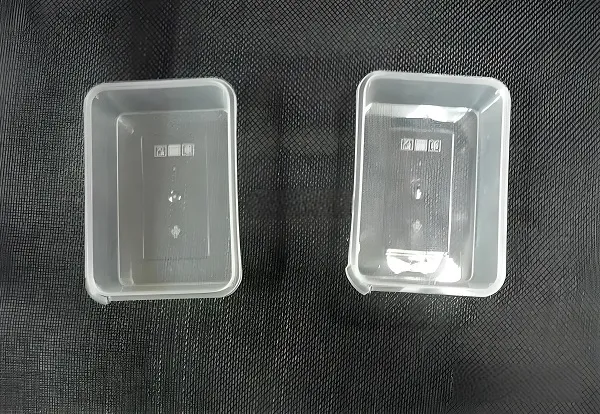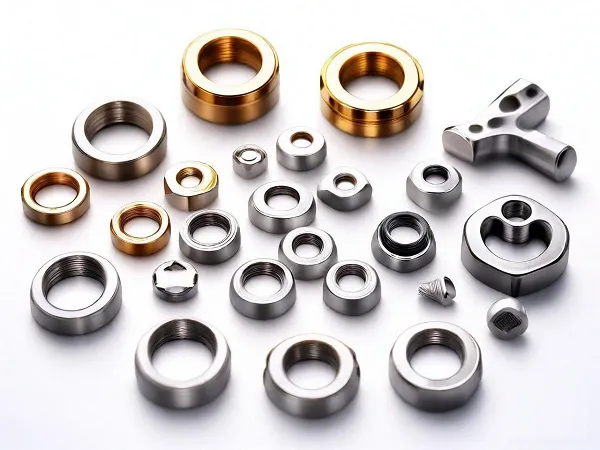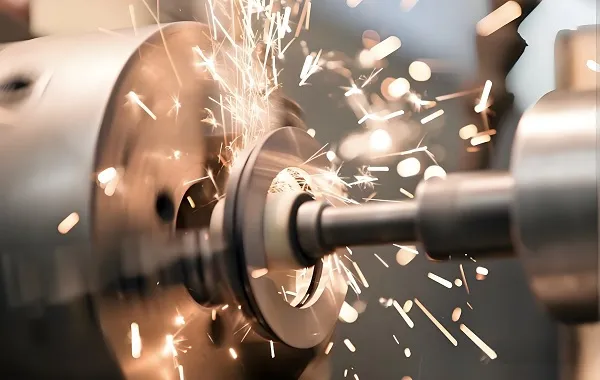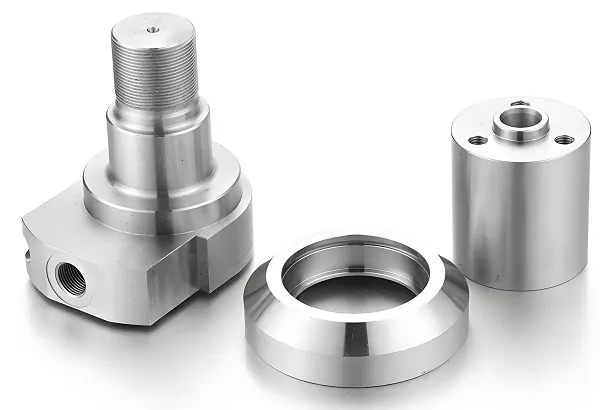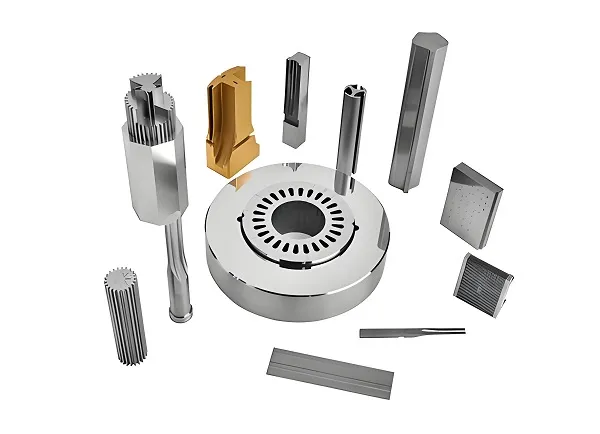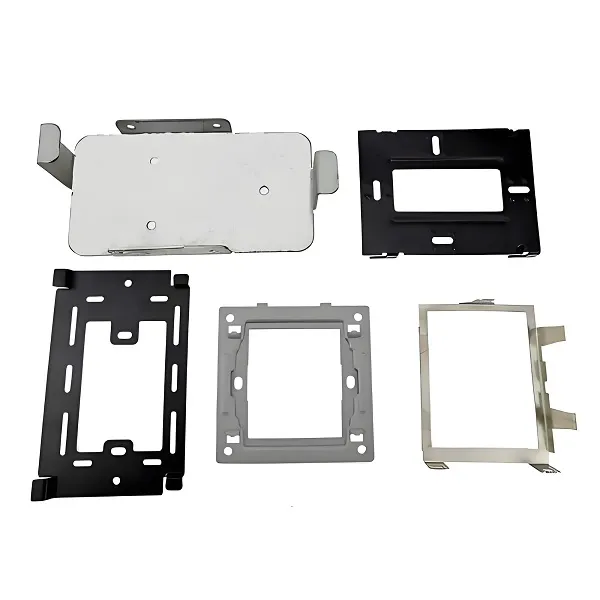1. Technical Overview of Rapid Prototyping in Injection Molding
Rapid prototyping for plastic injection molding enables accelerated product development by producing functional prototypes in 5–15 days, bridging the gap between design validation and mass production. This process utilizes aluminum molds, 3D-printed inserts, and soft tooling to achieve cost-effective short runs (50–1,000 units) while maintaining near-production-grade material properties. Critical for industries like automotive, medical devices, and consumer electronics, rapid prototyping validates part geometry, assembly fit, and material performance under real-world conditions. Advanced techniques such as overmolding, gas-assisted molding, and micro-injection further support complex designs, ensuring manufacturability before committing to high-cost steel tooling.
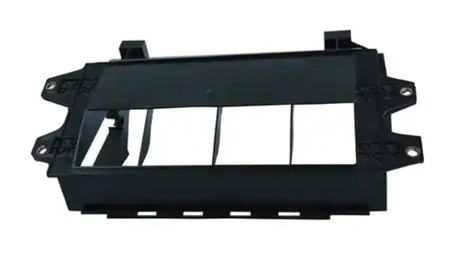
2. Technical Documentation: Plastic Materials for Rapid Prototyping
Material selection for rapid prototyping balances functional performance, mold compatibility, and budget constraints. Below is a comparative analysis of commonly used plastics:
| Material | Tensile Strength (MPa) | Shrinkage Rate (%) | Cycle Time (s) | Cost per kg (USD) | Ideal Prototyping Use Cases |
|---|---|---|---|---|---|
| ABS | 40–50 | 0.5–0.7 | 30–40 | 2.5–3.5 | Functional housings, snap-fit parts |
| PC | 60–70 | 0.6–0.8 | 40–50 | 4.0–5.5 | Transparent covers, high-heat components |
| PP | 25–35 | 1.0–2.5 | 25–35 | 2.0–3.0 | Hinges, living hinges, chemical-resistant parts |
| TPE | 5–15 | 1.5–3.0 | 35–45 | 5.0–7.0 | Soft-touch grips, seals, gaskets |
| Nylon 66 | 70–90 | 1.2–1.5 | 50–60 | 4.5–6.0 | High-stress gears, structural parts |
Engineer Recommendations:
- ABS: Default choice for cost-efficient functional testing.
- PC/ABS Blend: Optimal for automotive prototypes requiring heat and impact resistance.
- TPE: Use for ergonomic or vibration-dampening applications.
- Nylon GF30: Ideal for load-bearing parts needing stiffness and wear resistance.
3. Customer Case Study: Drone Housing Prototype for Aerospace Startup
Client Pain Point: A drone manufacturer needed 200 lightweight, aerodynamically optimized housings for flight testing but faced 8-week lead times from traditional suppliers.
Technical Challenges:
- Achieving wall thickness uniformity (1.5 mm ±0.1 mm) for carbon fiber-reinforced nylon.
- Eliminating warpage in thin-walled sections during cooling.
Solution: - Material: PA6-GF30 (30% glass fiber) for strength-to-weight ratio.
- Tooling: Aluminum mold with conformal cooling channels.
- Process: High-speed injection molding at 120 MPa pressure.
Results: - Prototypes delivered in 10 days (vs. industry-standard 30 days).
- 95% reduction in post-machining corrections.
4. Surface Finishing Techniques for Prototypes
| Process | Characteristics | Applications |
|---|---|---|
| Texture Spraying | Mimics production-grade textures (e.g., VDI 3400) | Automotive interiors, consumer electronics |
| Electroplating | Adds metallic finish for aesthetic validation | Decorative prototypes, automotive trim |
| Laser Engraving | Permanent markings for branding or testing | Medical devices, industrial equipment |
| Matte Coating | Reduces gloss and fingerprint visibility | Handheld devices, wearables |
5. Rapid Prototyping Workflow
- Design Optimization: Simplify undercuts and draft angles for aluminum mold compatibility.
- Mold Fabrication: CNC-machined aluminum tooling (5–7 days).
- Trial Shot: 10–20 units for dimensional verification via CMM.
- Design Iteration: Adjust gate locations or wall thickness based on test results.
- Final Batch: Produce 50–1k units with 2–3-day cycle times.
6. FAQ: Rapid Prototyping Plastic Parts
Q: What’s the typical cost for an aluminum prototype mold?
A: Ranges from 2,000–2,000–8,000, depending on cavity count and complexity.
Q: Can I use production-grade materials for prototypes?
A: Yes—ABS, PC, and nylon are commonly used for both prototyping and mass production.
Q: How many design iterations are feasible with aluminum molds?
A: Up to 5–10 iterations via modular inserts or weld-and-repair modifications.

